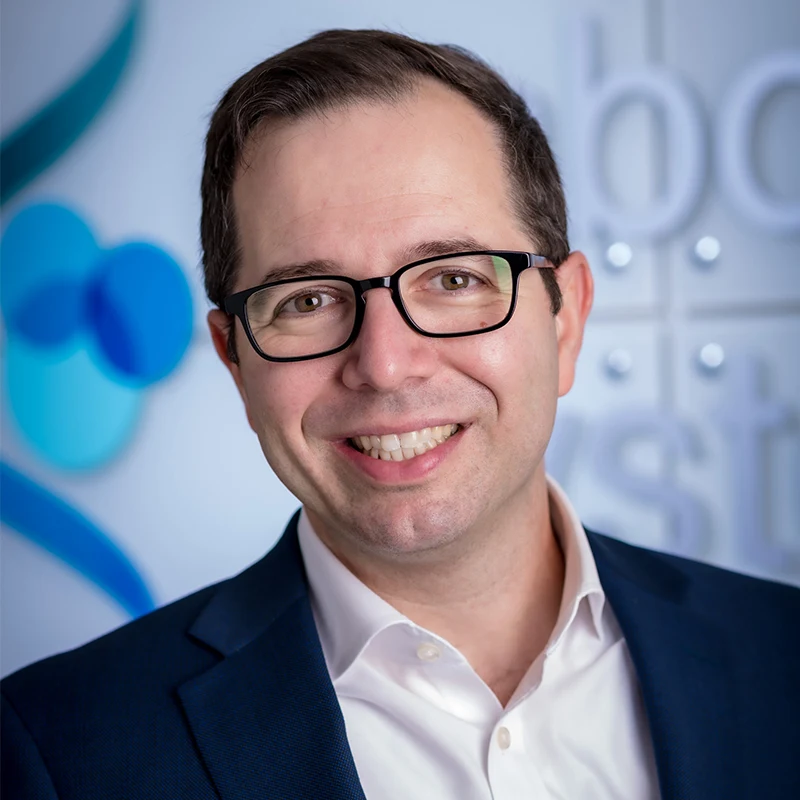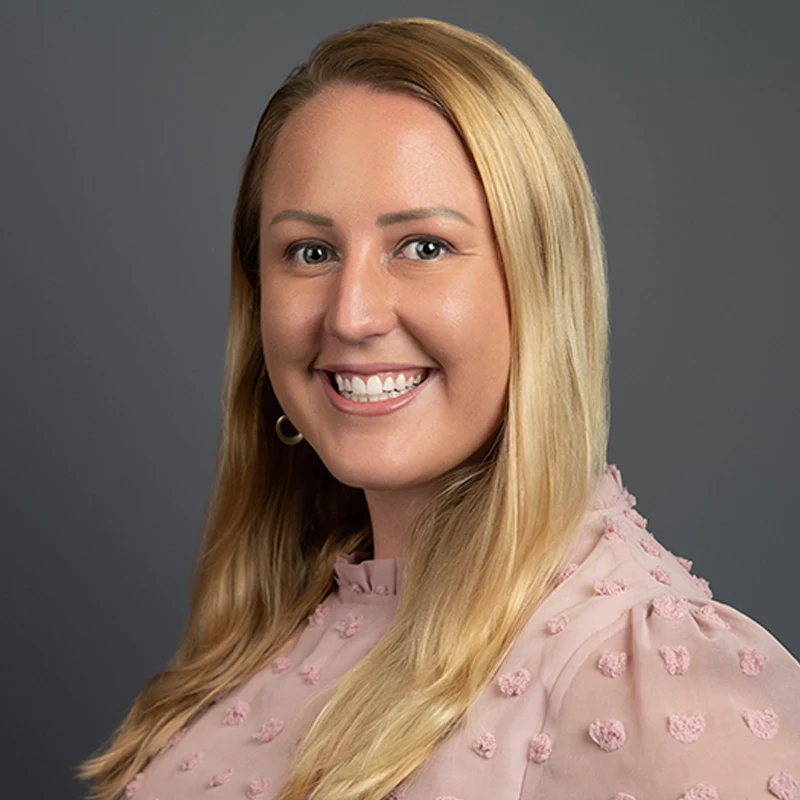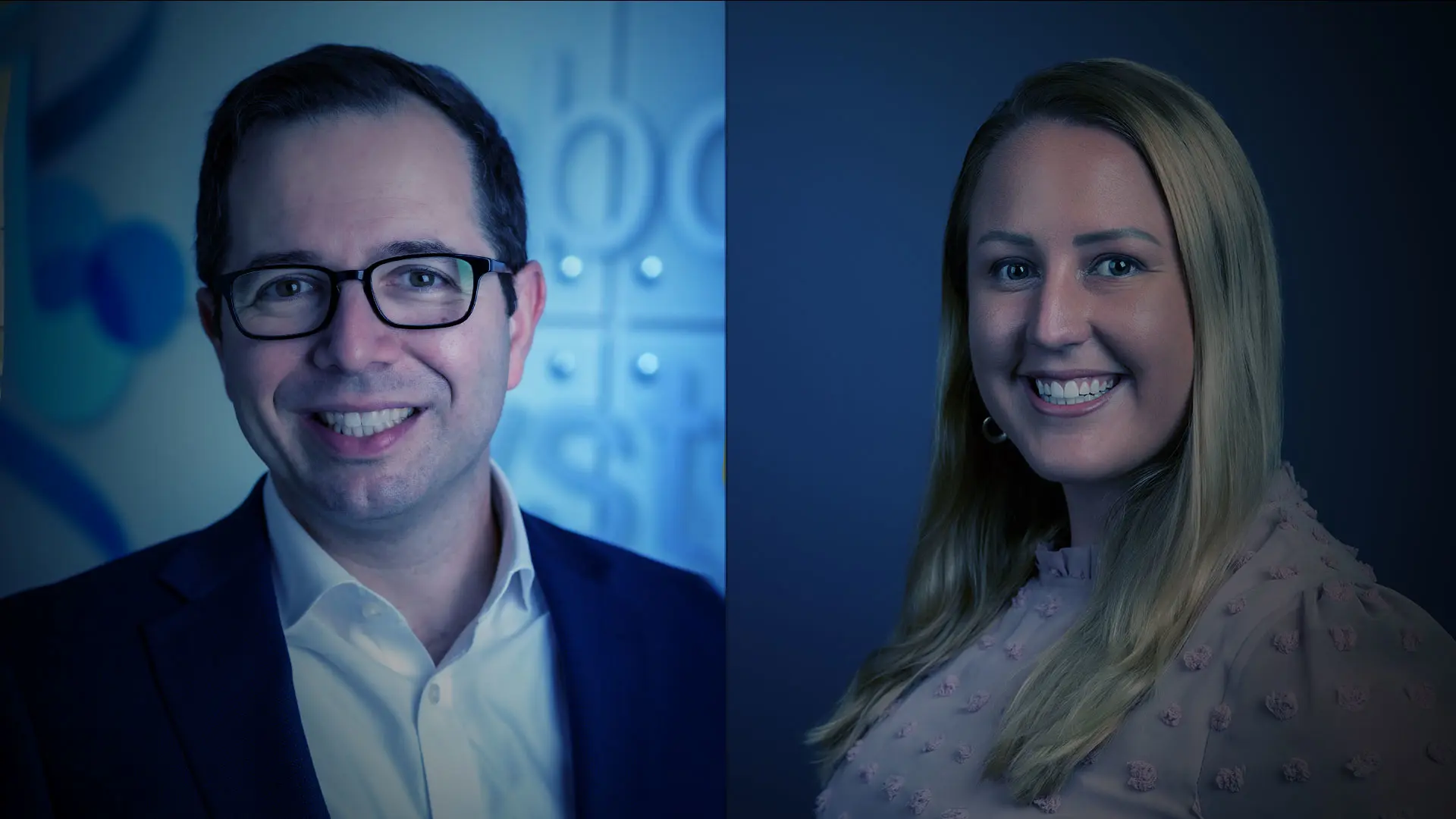
Dr. Santagata currently is Associate Professor of Pathology, Brigham and Women’s Hospital, and Associate Professor of Systems Biology, Harvard Medical School. He is a neuropathologist with a focus on the molecular pathology of brain tumors. He received his dual MD-PhD degree through Mount Sinai’s medical scientist training program (MSTP) in 2002.
You have many accomplishments: What are you focused on now?
Over the years, my work has focused on a wide range of topics in basic and clinical-translational research, and our findings have directly led to changes in clinical practice. I could not have done this without training as an MSTP. I now spend approximately 20 percent of my time doing clinical work as a pathologist, and the remainder doing basic and translational research in oncology—a balance that is essential for the types of studies my group undertakes.
Most recently, we have been heavily focused on developing new imaging tools for tissues, allowing us to deeply characterize the molecular features of the types of archival samples used for patient diagnosis. A fundamental challenge in studying the mechanisms of human disease is that cellular processes are best understood using cultured cells and animal models that can readily be subjected to genetic and drug perturbation followed by live-cell analysis. However, the chemical and mechanical environments of human tissues and tumors are radically different from those of cells in culture or even mouse models. This creates uncertainty when translating knowledge from these controlled environments to actual tissues, even for well-studied mechanisms such as cell division and chromosome segregation.
Our goal is to bridge the gap between data and models developed in vitro and the features observed in human tissues. We achieve this by combining live-cell and multiplexed immunofluorescence techniques on cell lines and organoids with classical histology and high-plex tissue profiling of human tumor specimens, including high-resolution 3D imaging. This approach enables us to directly investigate detailed cell biology processes within tissues and tumors.
What were some of the most challenging career issue(s) you faced?
In September 1998, Eugenia Spanopoulou, who was my thesis advisor and mentor at Mount Sinai, tragically died in the crash of Swissair Flight 111 off of Halifax, Nova Scotia. She was en route to Greece with her husband, Andrew Hodtsev, a research fellow in the lab, for the christening of their son, Platon. Eugenia was an extraordinary scientist and a dedicated mentor. She had recently established her independent laboratory, was selected as a Howard Hughes Medical Institute (HHMI) Investigator, and had created a vibrant research lab with more than 20 members, including many MSTP trainees who were thriving. She was a passionate champion for trainees and for scientific excellence. Her death was devastating to the scientific community at Mount Sinai and beyond. Even 25 years later, I continue to miss her very much.
During that challenging time, Terry Krulwich, PhD, a legendary scientist who was the MSTP director, and many generous faculty at Mount Sinai graciously provided support for the members of the Spanopoulou laboratory. This clearly was the single most difficult moment in my career, far overshadowing the other typical career challenges I have faced. Thankfully, I received unwavering support to complete the thesis work I had started with Eugenia, learning many valuable lessons. Whenever I have faced challenges in my career in the following years, I have drawn inspiration from the memory of her intense curiosity, passion, and determination. I am forever grateful to have had the opportunity to have trained with her.
How, specifically, did your training at Mount Sinai contribute to your success?
The Mount Sinai MSTP offers the many benefits of a large research powerhouse while also providing very attentive mentoring, research, and training flexibility, and a high level of commitment to the development of trainees. I recently attended the Mount Sinai MSTP retreat and was delighted to see the remarkable dedication of program leadership.
I was able to thrive in the program largely due to the opportunity to work very closely with faculty both during my research rotations and my thesis work. The close and regular interactions were essential for helping me develop the strong passion that I currently have for science, particularly the important ability to develop scientific questions and devise ways to find answers, and to iterate on that process over and over. Also essential was the rigorous clinical training, and together they fueled my passion to bridge basic investigation with clinical application, which remains a major goal of my work.
Any advice for today’s students?
Being a clinician-scientist is clearly one of the most important vocations. We drive the innovation that leads to new scientific discoveries, powerful research methods, advanced diagnostics, and effective therapies, while also training the next generation of clinicians and scientists. We are stewards of leading academic medical centers and medical schools, and take on the toughest unsolved challenges in cancer, infectious disease, neurodegeneration, immunology and immune disorders, neurosciences, endocrinology, and cardiovascular disease. Often, we perform all of these tasks in a single day. This is certainly daunting, especially because progress requires a remarkable level of discipline and commitment.
So why do we pursue this path? Our motivations can span career promotion, publications, grants, awards, and honors, all for the joy of advancing human knowledge, making major differences in the lives of patients and alleviating suffering. To thrive on this gratifying but difficult journey, I recommend finding committed mentors and role models, being patient with the inevitable ups and downs, identifying the aspects of the process that you enjoy most and developing them, and always keeping in mind the very important role you have in people’s lives.

Erica Palladino, MPH, is a Health Communications Specialist at the Health Resources and Services Administration Maternal and Child Health Bureau, part of the U.S. Department of Health and Human Services. She earned a Master of Public Health (MPH) degree with a focus on Health Promotion & Disease Prevention from Mount Sinai’s Graduate School of Biomedical Sciences in 2019.
You have many accomplishments: What are you focused on now?
I translate complicated maternal and infant health concepts to the public so that all women—no matter who they are and where they live—can access the essential care they need and deserve. Much of health happens outside the clinic but if people don’t know about the resources available to them, they won’t use them to improve their health. That’s where my job comes in. I promote these resources and government-funded programs within speeches, press releases, website content, social media, and more.
What were some of the most challenging career issue(s) you faced?
A recent career challenge occurred during the COVID pandemic. I had started a fellowship with the 20th Surgeon General, Dr. Jerome Adams, in November 2019, and I planned to spend the fellowship aiding him on travels, speech writing on maternal health initiatives, and working on his Call to Action to Improve Maternal Health publication. Within four months, everything changed. Dr. Adams was tapped to be on the White House COVID-19 Task Force. I quickly became responsible for developing remarks for White House press conferences, media events, and various COVID-19 campaigns. I analyzed national data to advise the Surgeon General’s team on issues exacerbated by the pandemic (for example, immunization schedules and general vaccine hesitancy, delayed prenatal care, and mental health). I am grateful for the experience and was further reminded of the importance of good health communication.
Lately, I have been planning events and developing materials to promote the $90 million that the Health Resources and Services Administration recently awarded to organizations that improve maternal health. This funding will help grow and strengthen the workforce, support families in communities with the highest rates of maternal deaths, establish a research network focused on maternal health disparities, and increase access to care for moms in rural areas.
How, specifically, did your training at Mount Sinai contribute to your success?
I took a health promotion course taught by an OB/GYN and, although she had specialist qualifications in delivering babies and providing clinical care to women, she reminded us that maternal health goes far beyond the hospital. I reached out to that professor to understand how I could help provide women and expecting mothers with the information and resources they deserved to have healthy, safe, and respectful birthing experiences.
This request turned into an internship with the New York City Department of Health Maternal, Infant and Reproductive Health Bureau where I completed 150 public health practicum hours and developed a companion guide for the NYC Standards for Respectful Care at Birth. I realized that public health programs, campaigns, and communications will never be successful unless they are developed, analyzed, and disseminated in a way that reaches all audiences.
Mount Sinai’s curriculum set me up for success as it served as a holistic model for MPH students. It combined technical classes such as biostatistics and epidemiology with behavioral and social science theory and gave us practical strategic suggestions for how to develop successful programs and interventions.
Any advice for today’s students?
Don’t be afraid to reach out. Take the time to speak with your professors outside of the classroom. Ask them how they got to where they are today. Reach out to alumni if you see they work somewhere you are interested in. Public health is a big field but it feels a lot smaller once you start to talk and connect with those around you.
